Table of Contents
Labradorite is a stone that immediately draws the attention of those who observe it. It contains an optical effect known as labradorescence that causes the unique color effects. This stone exhibits bright blue, green, gold, and purple iridescence when viewed in natural light from different angles.
Labradorite is ideal for jewelry designers, healers, and collectors. The stone is not only beautiful, but it also represents meaning as well as mystical properties.
About the Labradorite Stone
Labradorite is linked to the feldspar family and was discovered in Labrador, Canada. Since its discovery, this stone has been found throughout the world, including in Madagascar, Finland, and Mexico. The key characteristic of this gemstone is its iridescence or glowing appearance, which is a result of light reflecting off layers inside the crystal.
The optical phenomenon contributes to the distinctive appearance of varieties of labradorite. The crystal structure of the stone allows light to bend and refract, producing waves of shimmering colors, creating the illusion that the colors are moving in the stone. Every stone of labradorite is truly unique because no two labradorite stones will ever exhibit the same pattern.

Before choosing your perfect variety, learn about the positive and negative effects of Labradorite to understand how this mystical gem influences your energy.
Types of Labradorite Stones You Should Know
Labradorite may refer to a singular mineral group; it takes on various forms of labradorite around the world. Each type varies in color, opacity, pattern, and even energy. Some show bright flashes of rainbow color, while others have softer blue hues or gold flashes.
Whether you are collecting gemstones, choosing crystals for metaphysical work, or picking out jewelry, it is often useful to be able to separate the different types of labradorite and their attributes.
All these types of labradorite gemstones share that remarkable phenomenon, labradorescence, but with every location comes its story. Here is an in-depth description of the most commonly known types of labradorite with their characteristics, energy, and value.
Classic Labradorite
Classic Labradorite is the classic and most recognizable type of Labradorite. It displays a smoky grey to dark body with brilliant flashes of blue, green, and gold; this is the characteristic called labradorescence. This particular type was discovered in Labrador, Canada, but it has also been discovered in Madagascar, where it also takes on a beautiful appearance.
The generally mystical and incredible glow seems to dance and come alive when light interacts with it, and it's the easiest Labradorite type to find. People use the stone for jewelry, carvings, and even energy work, as it protects the aura, enhances intuition, and guides transformation, as well as having an incredible visual appeal.

Spectrolite
Spectrolite is the most vibrant and rarest form of labradorite, exhibiting a complete rainbow of colors, deep blue, green, orange, red, violet, and gold, all in one stone. Spectrolite is only found in Finland and is also recognized for its deep intensity and metallic luster. Spectrolite exhibits the most dramatic form of labradorescence of any labradorite crystal, making it highly popular with collectors and jewelry crafters. Spectrolite is rare and is priced as such, but it is worth the cost considering its vibrancy and energy. In spirit, it embodies creativity, awakening, and connection with higher consciousness, as it embodies all aspects of light and consciousness.

Want to know how Labradorite affects the body? Learn all about its physical healing benefits in What are the Physical Benefits of Labradorite Gemstones?
Andesine-Labradorite
The Andesine-Labradorite variant stands out for its atypical color that features a mix of green, red, and sometimes gold within a single stone.
It is found mainly in the Congo and South America and can be treated to intensify the color as an enhancement. Andesine is not as widely known, but it is an important gem in the labradorite family because of its brilliant, fiery look and smooth glassy finish. Energetically, Andesine works to create emotional balance and restore energy, helping you shed negativity while igniting passion and energy. Among all the labradorite stones, the andesine stone is perfect for those who appreciate the warmth, color, and inner strength that come together within one stone.

Rainbow Moonstone (White Labradorite)
Often mistaken for moonstone, rainbow moonstone is actually a variant of white labradorite in the feldspar family. It is known for its ethereal glow, and blue or rainbow flashes seem to float across that milky or clear surface.
Most of the time, rainbow moonstone comes from India and Sri Lanka and is one of the most popular varieties of labradorite in jewelry because of its light, gentle beauty. Spiritually, it can aid in calming your emotions, feminine energy, and intuitive abilities.
It may be one of the gentler forms of labradorite, yet it carries soothing vibrations to calm the mind and promote clarity that is popular within healing and meditation.

If you’re fascinated by Labradorite’s meaning, don’t miss Exploring Labradorite Gemstone: Facts, Symbolism, And Benefits for a complete breakdown.
Golden Labradorite
Golden Labradorite, also known as Bytownite, is a bright, natural type of labradorite that sparkles in golden-yellow, champagne, and honey colors. Found in both Mexico and Madagascar, its sunlit appearance with warm touches and two or three subtle flashes of brilliance is highly regarded. This lighter labradorite stone, unlike the dark labradorite stones, represents joy, willpower, and creativity and is usually known to activate the solar plexus chakra, supporting confidence and personal power.
Golden labradorite is visually and energetically uplifting and provides a light and motivation for those who wish to have the mystical qualities of labradorite stones while enjoying the brightness of a lighter color.

Black Labradorite
The Black Labradorite stone is a grounding and protective member of the labradorite varieties, featuring a deep gray to black background highlighted by shimmering blue or silver flashes. Mined primarily in Madagascar, it is appreciated, like other labradorite varieties, for its understatedly powerful appearance.
While the colors are less variegated compared to the other labradorite types, the energy is deeply stabilizing. People traditionally use it for protection from negativity, emotional healing, and inner strength. The darker type of labradorite connects the physical and spiritual worlds and balances energy while keeping the person grounded and centered.


Learn how ancient civilizations viewed Labradorite as a stone of transformation in Labradorite in Ancient Cultures: Myths and Legends.
Final Thoughts
Labradorite keeps gem lovers and collectors captivated with its depth and changing colors. From the bright spectroile from Finland to the mysterious black forms, each stone tells a story of light hidden in darkness. Whether it has grabbed your attention for its rich spiritual symbolism or simply for the beautiful appearance of visual play, discovering labradorite invites you into one of nature’s most interesting treasures.
Explore authentic labradorite stones at GemstoneForSale!
FAQ
1. How many types of labradorite are there?
There are six primary varieties: Classic Labradorite, Spectrolite, Andesine-Labradorite, Rainbow Moonstone, Golden Labradorite, and Black Labradorite.
2. Which type of labradorite is the rarest?
Spectrolite, sourced from Finland, is the rarest and most vibrant of the labradorite gemstone types and displays a complete rainbow of colors.
3. Is rainbow moonstone a type of labradorite?
Yes, rainbow moonstone is a variety of white labradorite, which generally displays a soft blue or rainbow sheen and promotes calm energy.
4. What is the unique quality of labradorite?
Labradorite is known for its unique labradorescence, which is a natural optical effect that shows flashes of blue, green, or gold color. This characteristic makes every labradorite unique.
5. What is the price range of different types of labradorite stones?
Price reflects quality and origin, so you can see different types of labradorite from about $5 to $50 per carat, sometimes with the varying color of spectrolite being the most expensive.
6. What type of labradorite stone is best for jewelry?
Classic labradorite or rainbow moonstone is a common labradorite gemstone for jewelry. Both are durable, bright with color, and look beautiful in rings, pendants, and earrings. Spectrolite can offer an elevated design for a higher-end piece of jewelry, with an intense, multi-colored sheen.
Visited 976 No. of Time(s), 89 Visit(s) Today
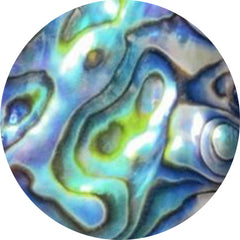

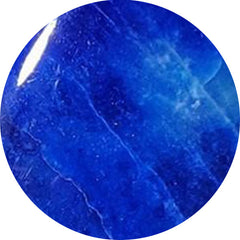



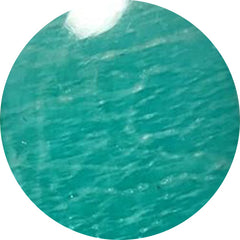



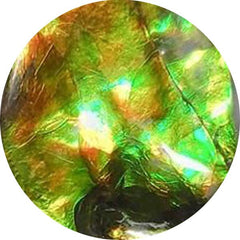
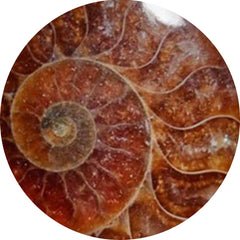

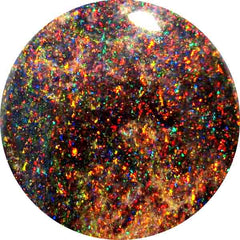

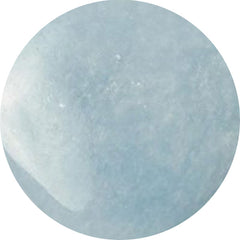
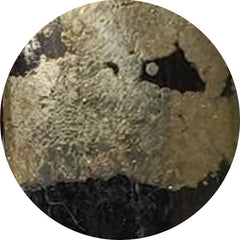

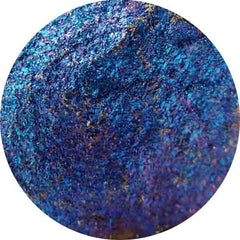
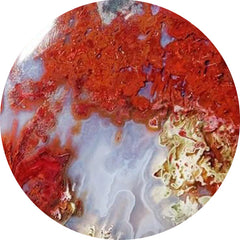
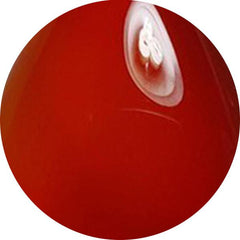
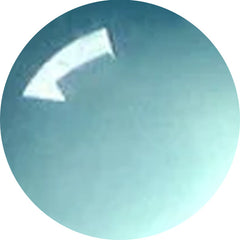
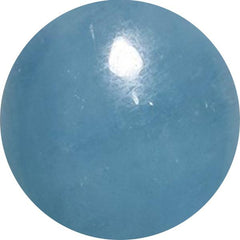
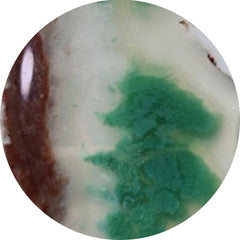
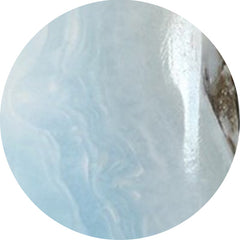





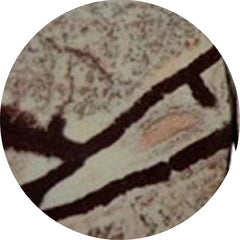

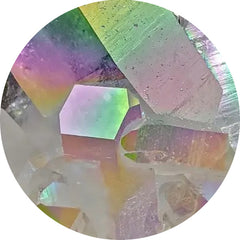
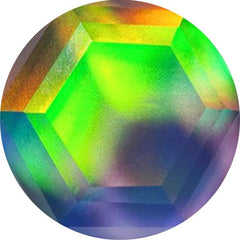

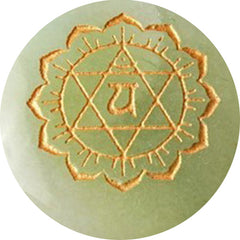

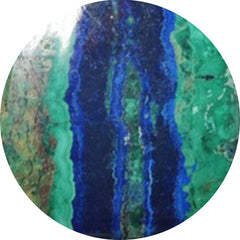
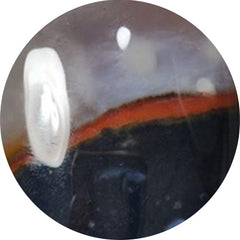
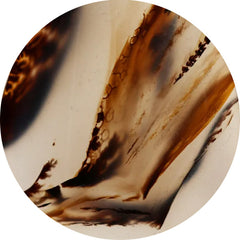


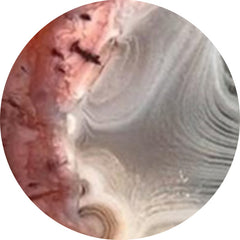
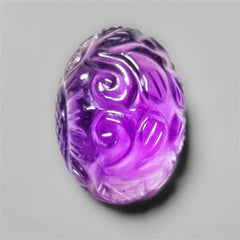
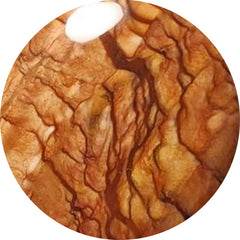




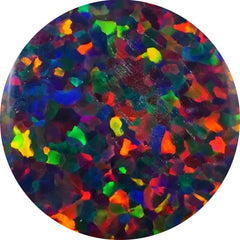
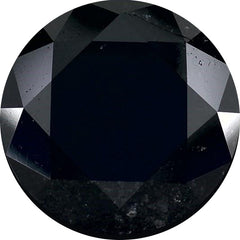
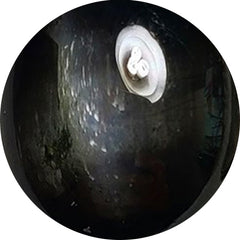

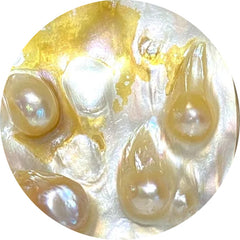

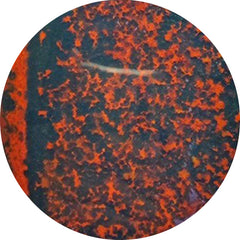
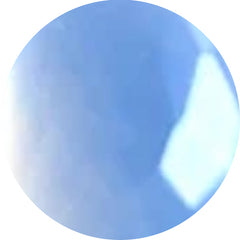
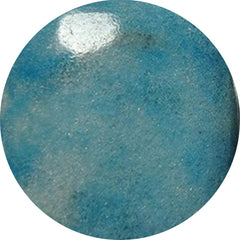

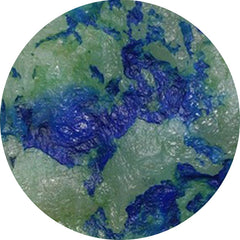
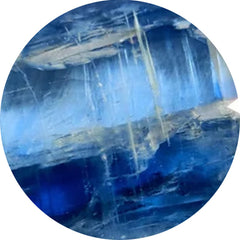
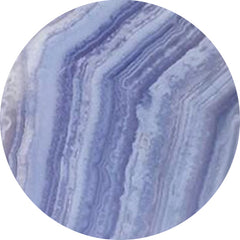
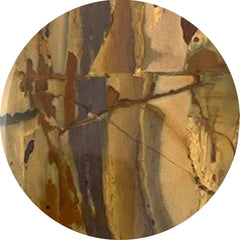


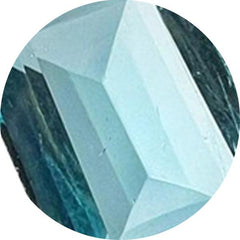
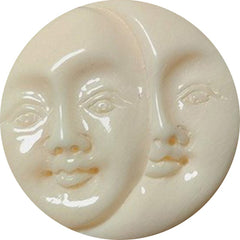
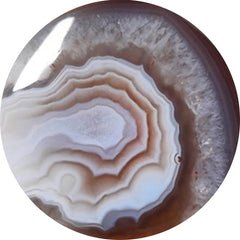

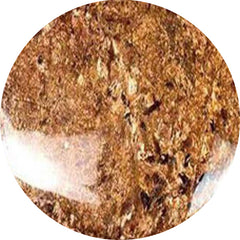
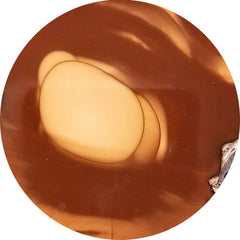
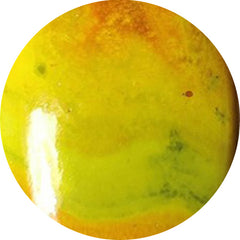

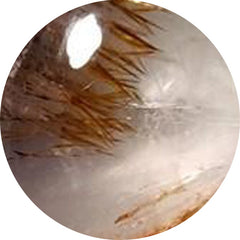
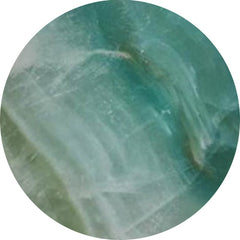

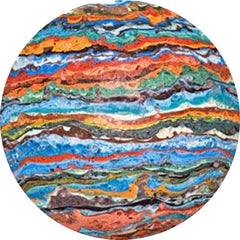
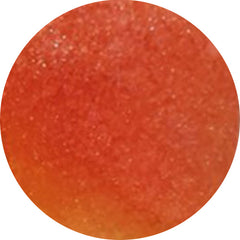

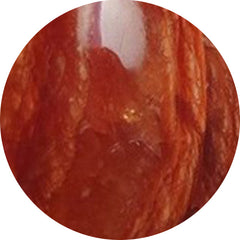
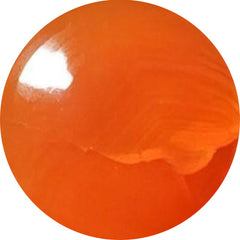

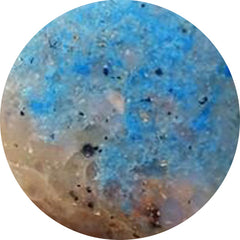





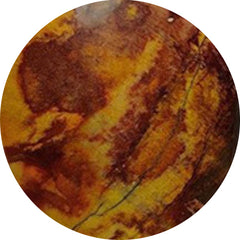
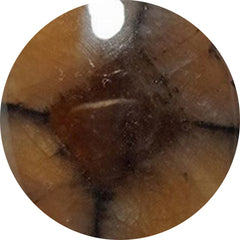
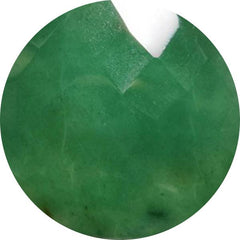
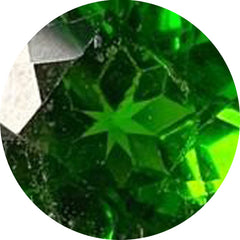

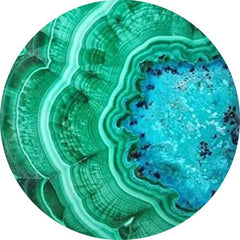

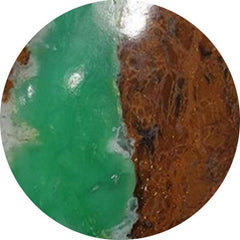
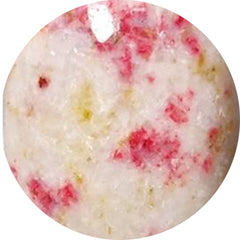


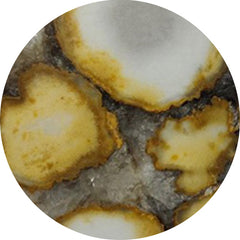
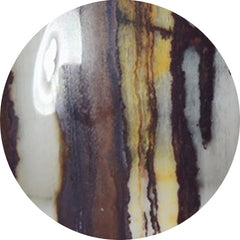

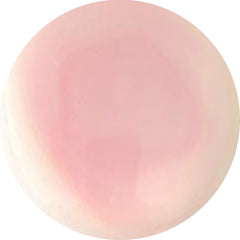

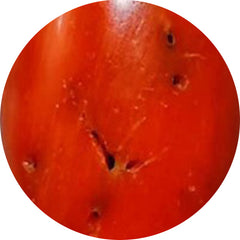
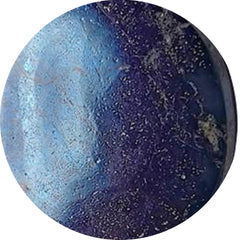
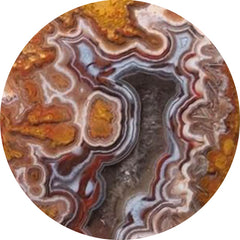
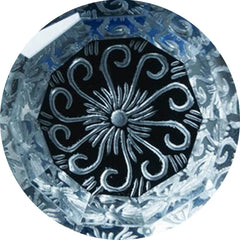




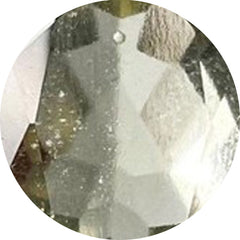
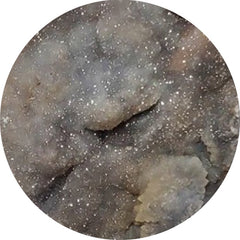
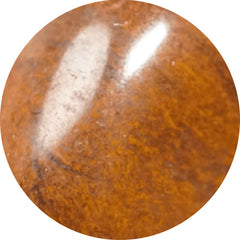
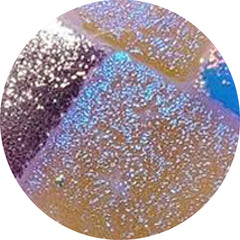


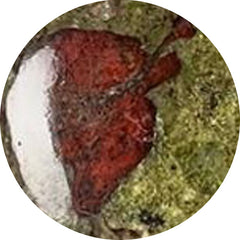


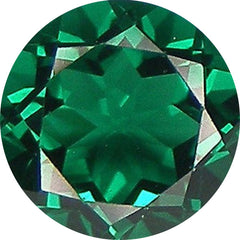
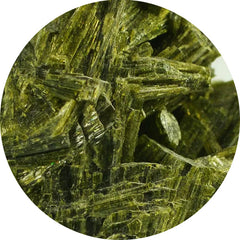
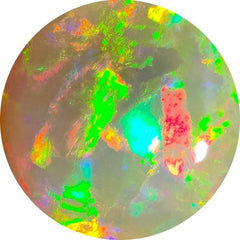

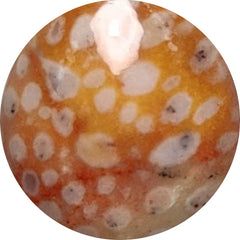

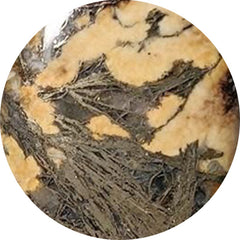


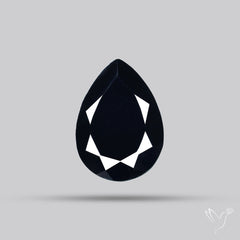
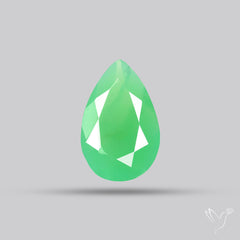











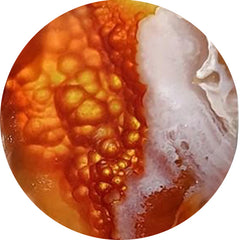
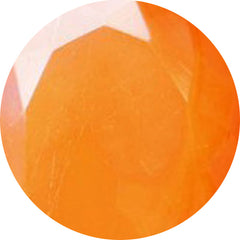
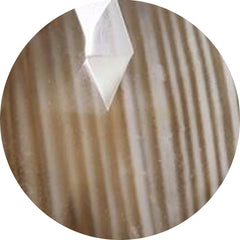
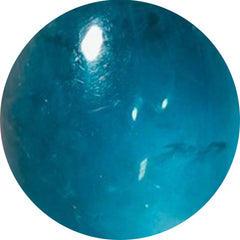

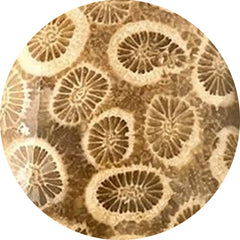
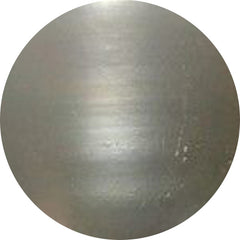
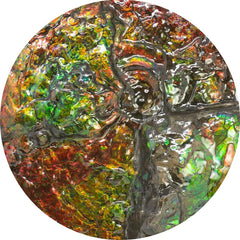
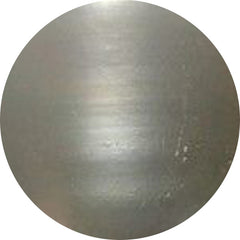
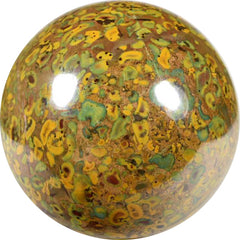

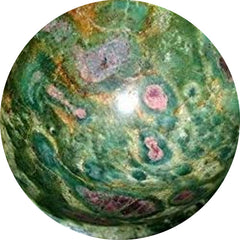
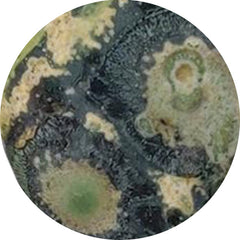
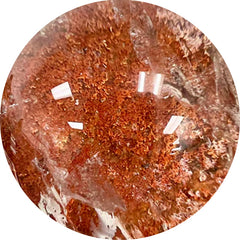
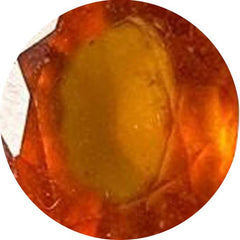

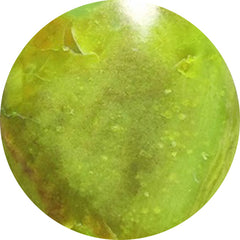
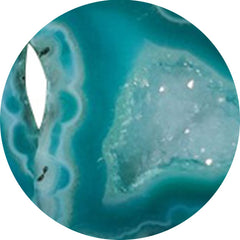
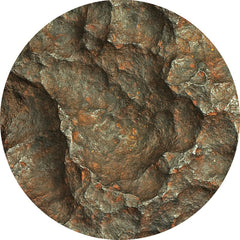
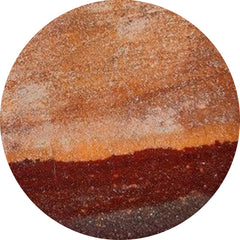
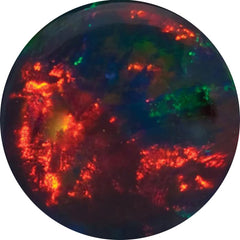
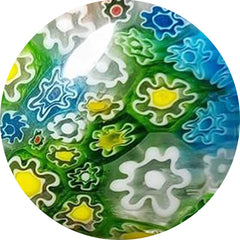

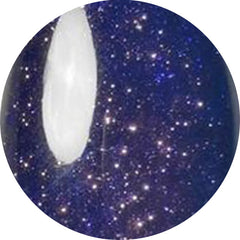
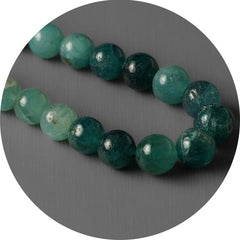
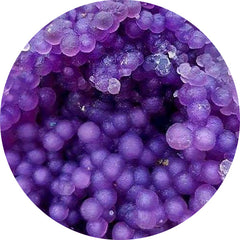
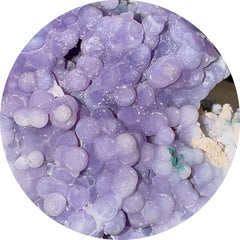
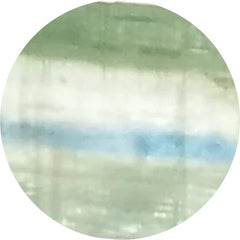
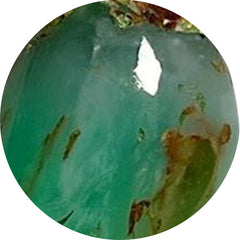

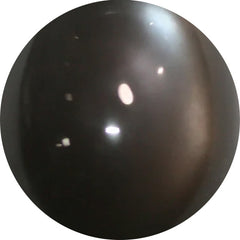




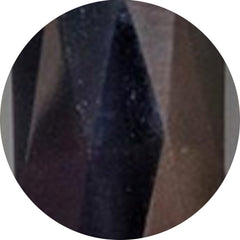

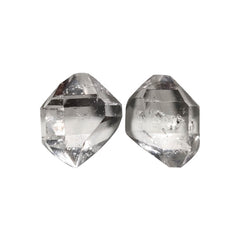
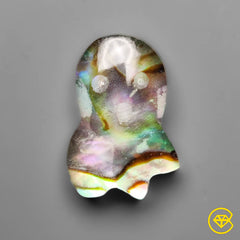

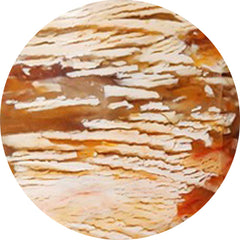

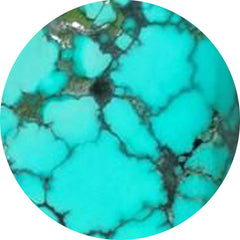
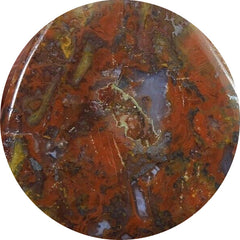



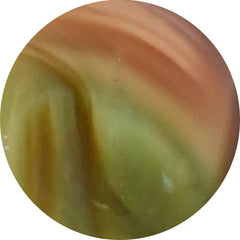



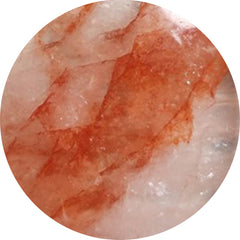
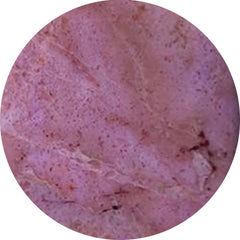
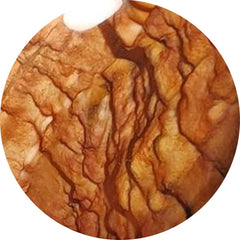
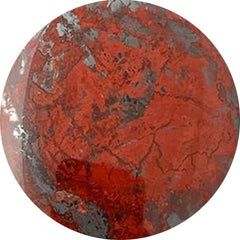
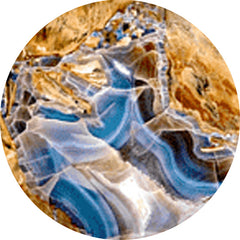
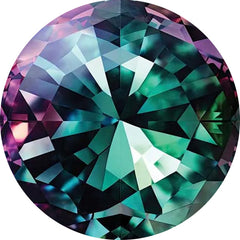

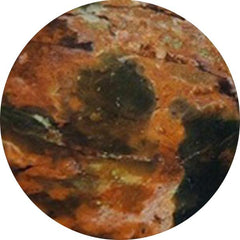
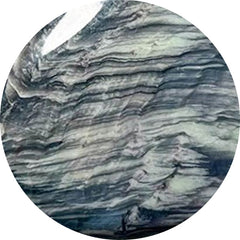
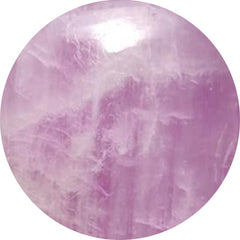
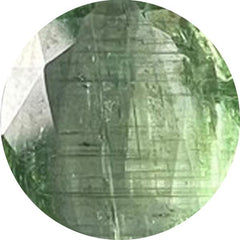

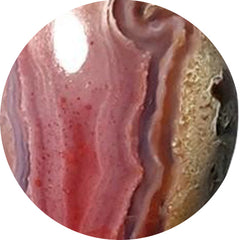


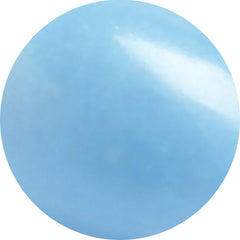




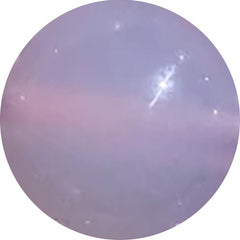
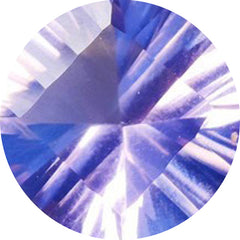
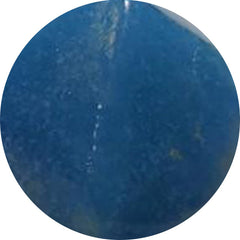
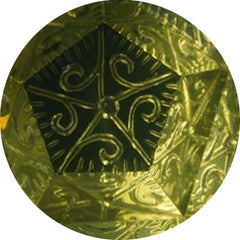
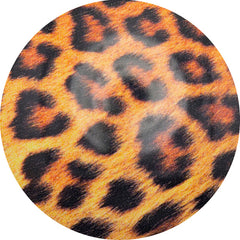
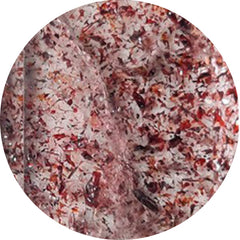
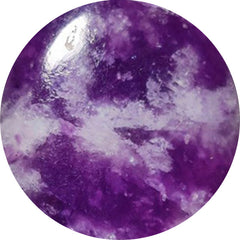
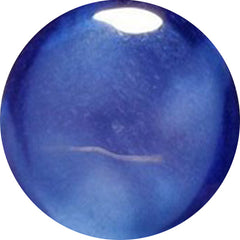






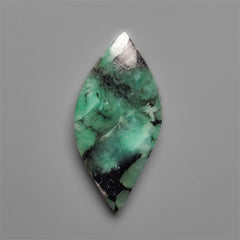

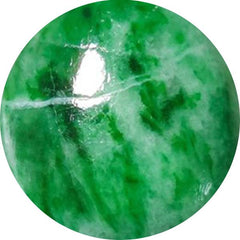
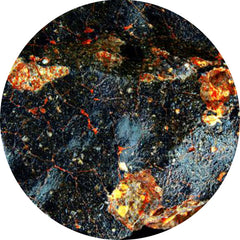





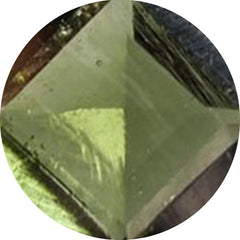
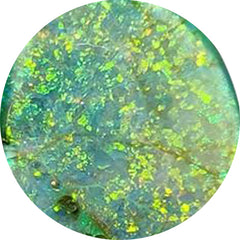
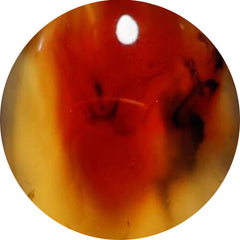

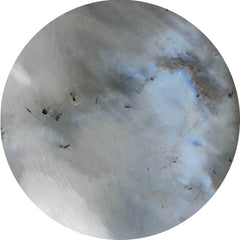


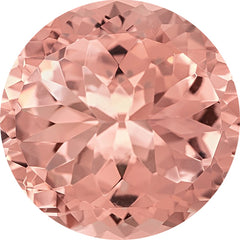
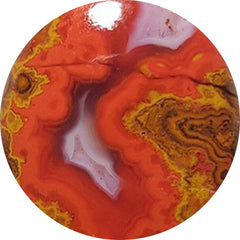


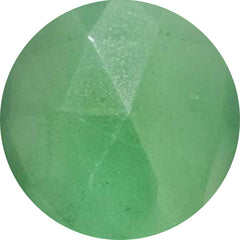
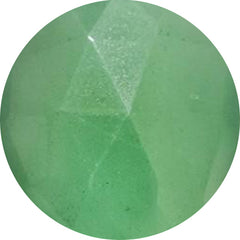
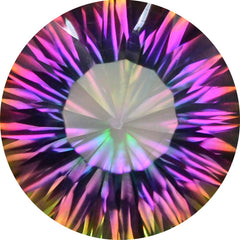
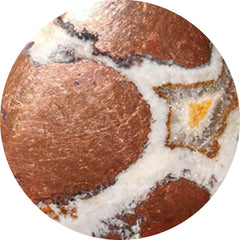

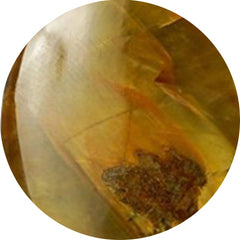
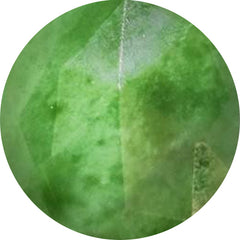
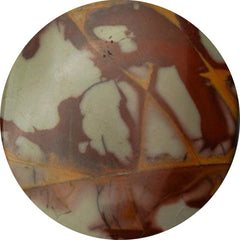
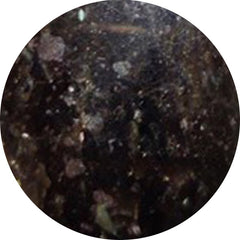
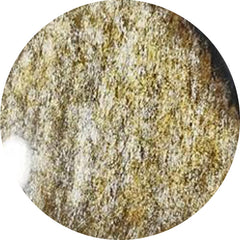
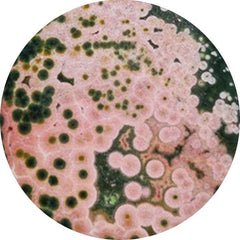
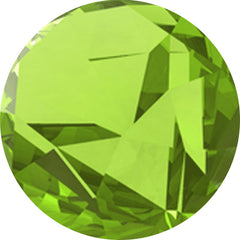
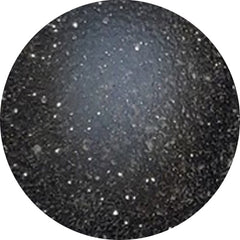
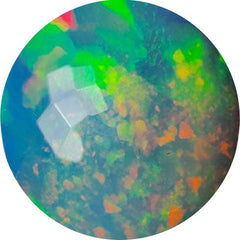
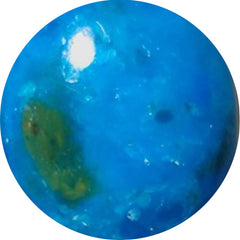

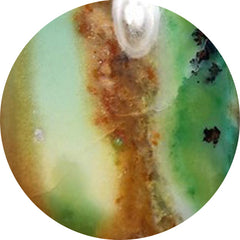

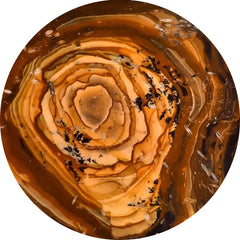
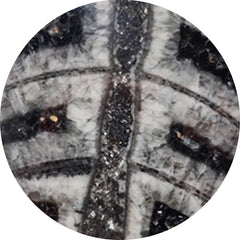


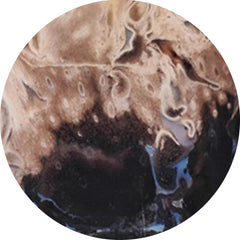
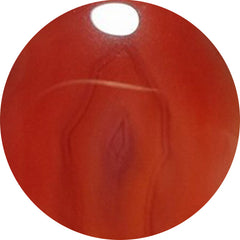
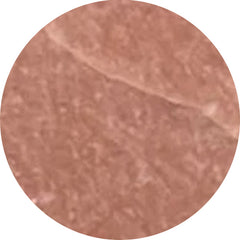
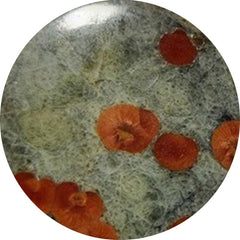
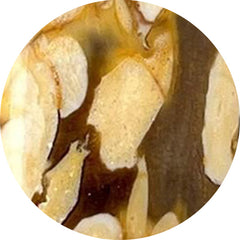

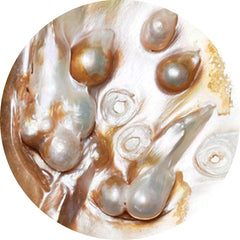
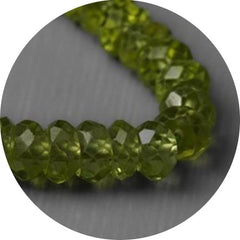



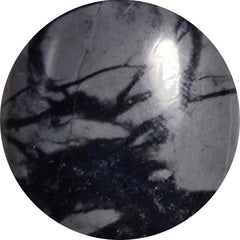
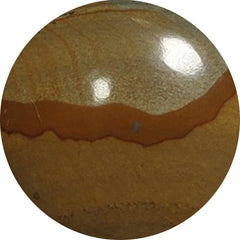
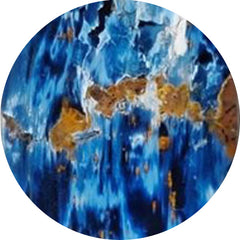



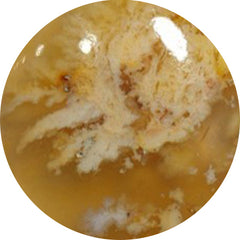

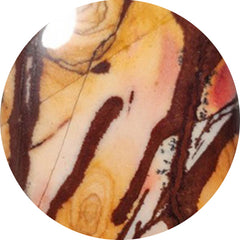
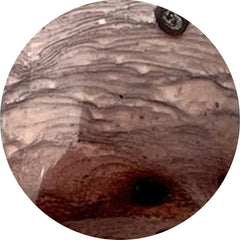



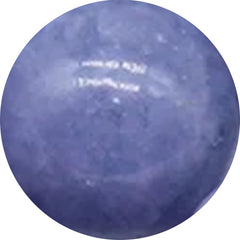



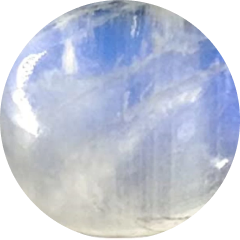

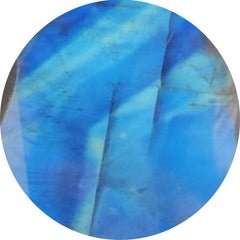

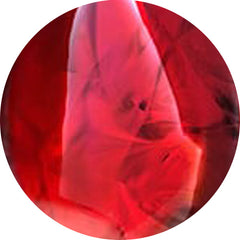
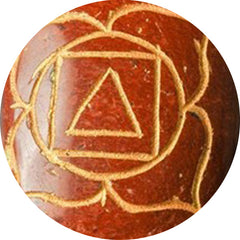


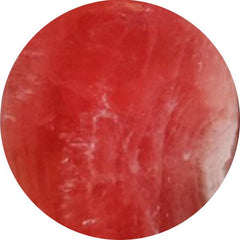

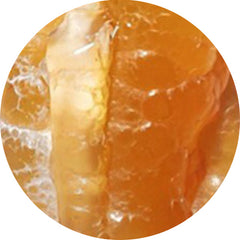


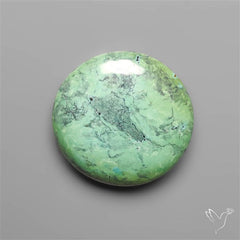


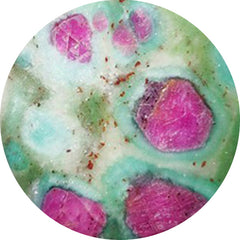
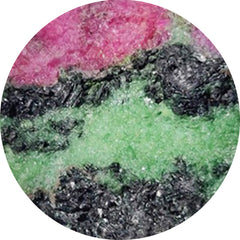
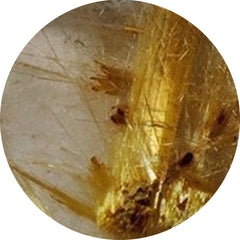


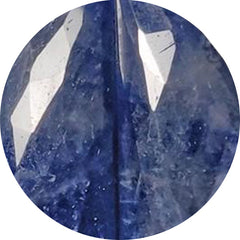
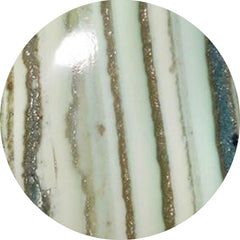
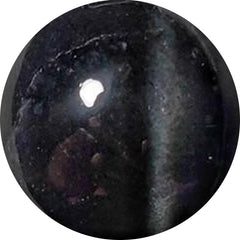
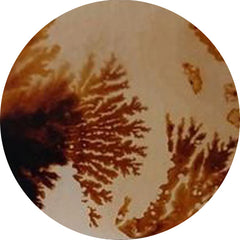

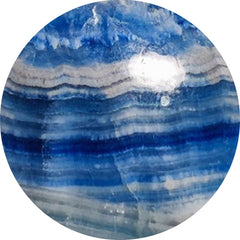
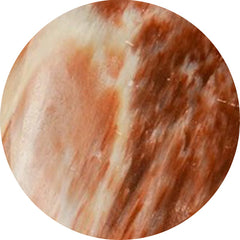


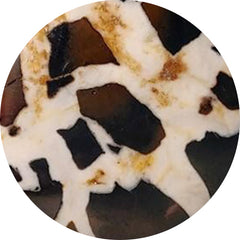

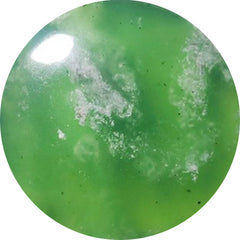

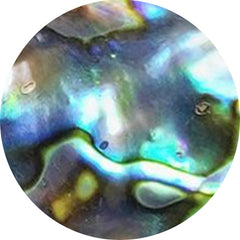
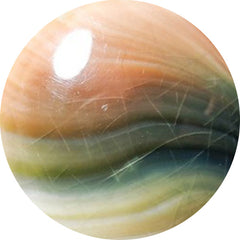
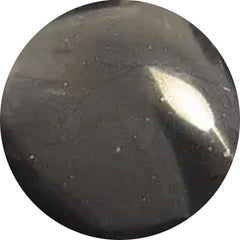

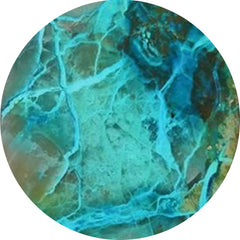


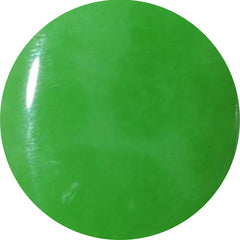


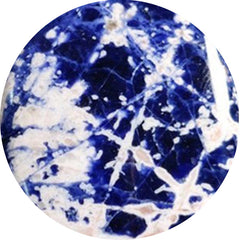
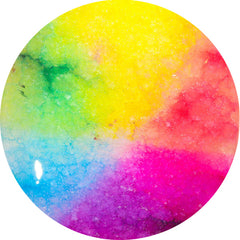

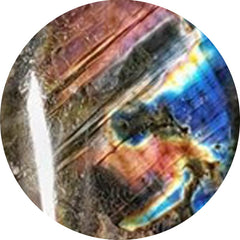
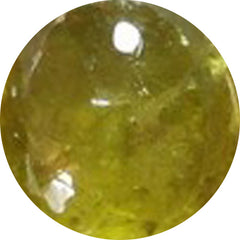

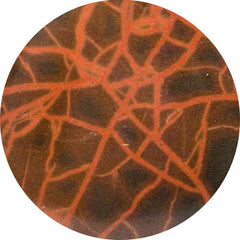

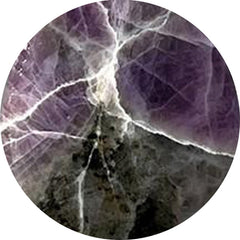
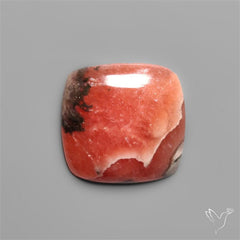

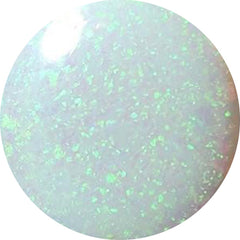
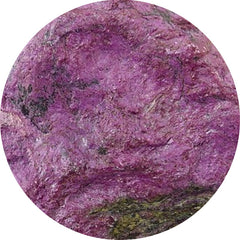
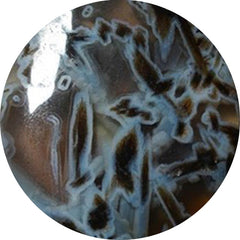



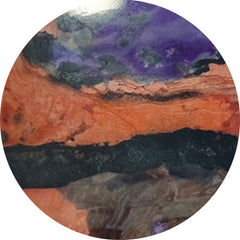
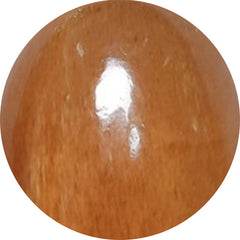
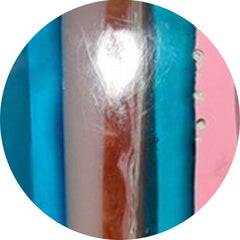


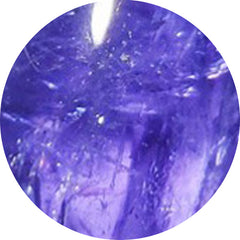

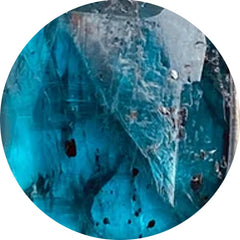
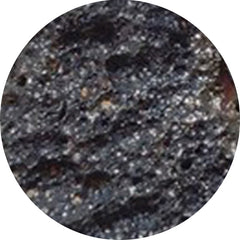
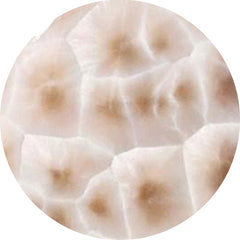


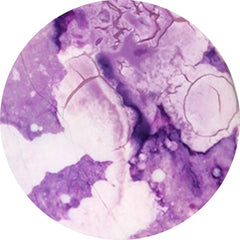

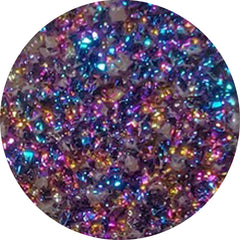
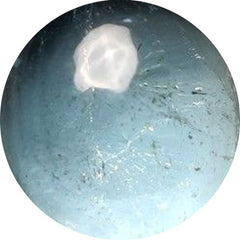
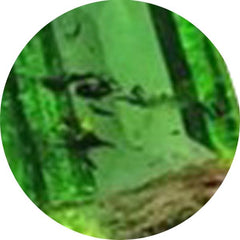
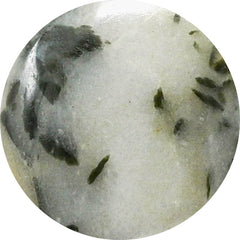

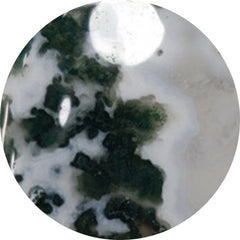
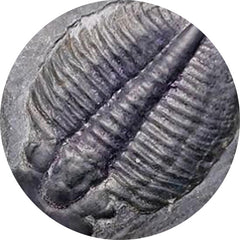
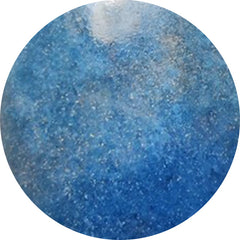
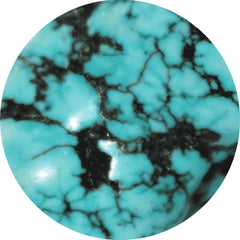
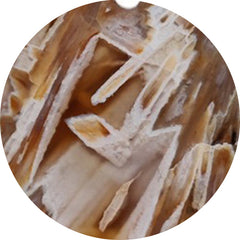
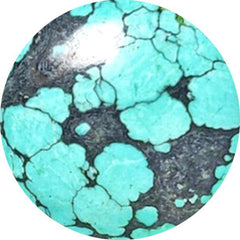


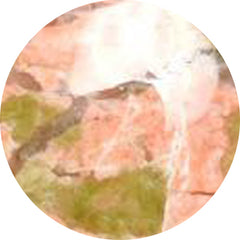
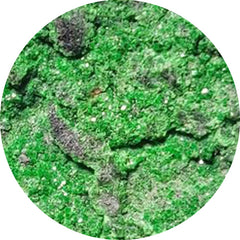
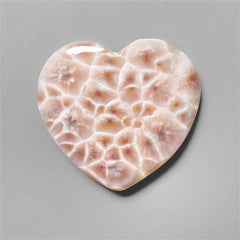







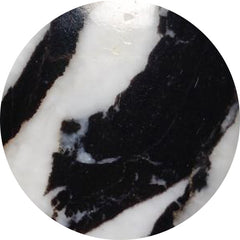

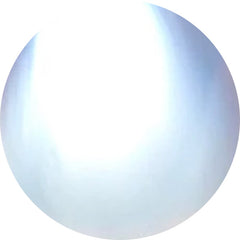




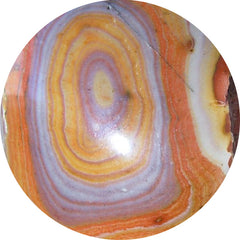
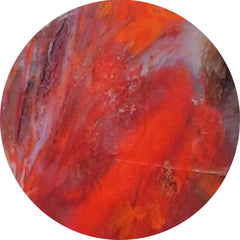
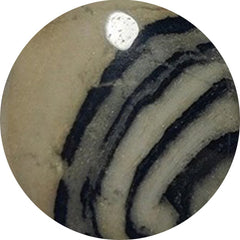
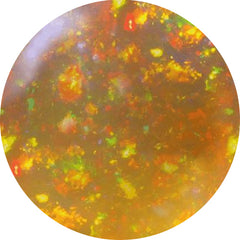
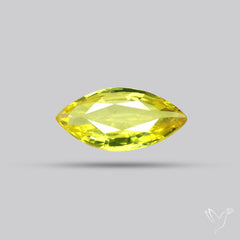

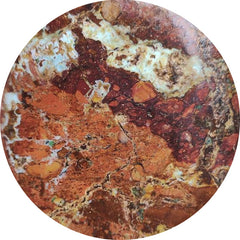


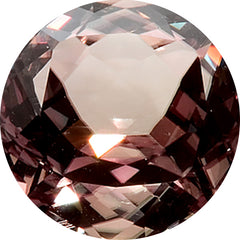
















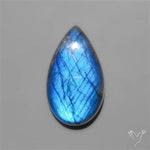
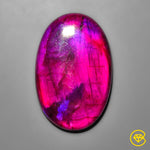
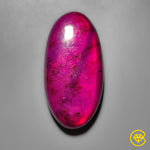
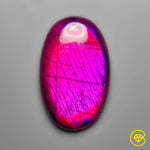
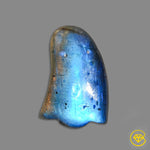









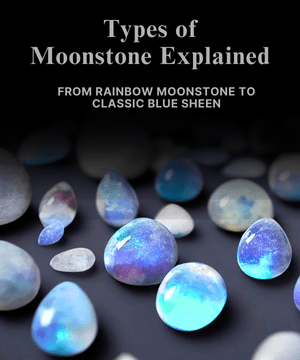




Leave a Comment